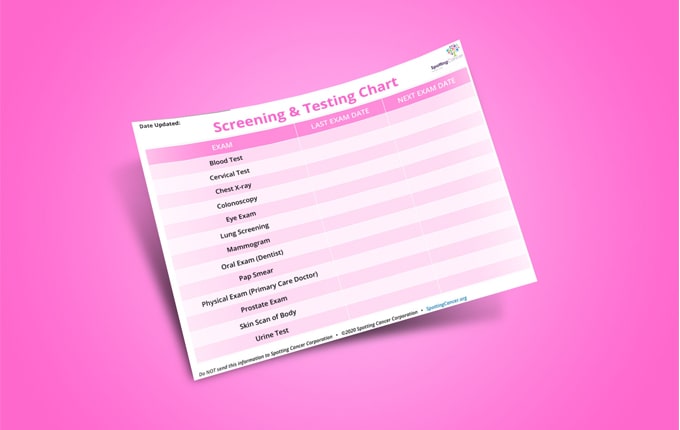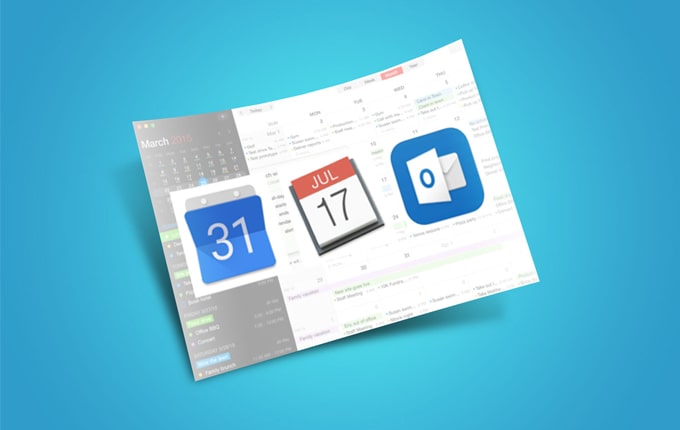Urine Test (98, 99, 100, 107)
Cancer screening & testing helps you #SpotandSurvive

This test looks at a sample of your urine to see if it contains abnormal cells. It is usually a routine test performed in conjunction with a physical exam. The test is used to diagnose abnormalities or microscopic (not visible without a microscope) blood in the urine. Blood in the urine can be a sign of a cancer in the urinary tract. This includes cancer of the kidney, bladder, prostate, uterus, as well as the urethra (the tube through which urine leaves the bladder when you urinate). If there is blood in the urine, your doctor may send a urine sample to look for cancer cells. This test is called urine cytology. A pathologist looks at the cells from your urine sample under a microscope. Cancer cells sometimes have a distinct appearance; in most cases, when you have cells that look like cancer, it’s a sign that you have cancer somewhere in your urinary tract.
Screening Methods:
Most of the time, a clean-catch urine sample is collected in your doctor’s office or at home. This is done by urinating into a special container. The clean-catch method is used to prevent germs from the penis or vagina from entering the urine sample. To collect urine, your health care provider may give you a special clean-catch kit that contains a cleansing solution and sterile wipes.
Clean-catch, midstream urine collection:
- Wash your hands to make sure they are clean before collecting the urine.
- If the collection cup has a lid, remove it carefully and set it down with the inner surface up. Do not touch the inside of the cup with your fingers.
- Clean the area around your genitals.
Men
- Retract foreskin, if present, and clean the head of the penis with medicated towelettes or swabs.
Women
- A woman should spread open the genital folds of skin with one hand. Then she can use her other hand to clean the area around the urethra with medicated towelettes or swabs. She should wipe the area from the front to the back so bacteria from the anus is not wiped across the urethra.
Steps:
- Begin urinating into the toilet or urinal. A woman should hold apart her genital folds of skin while she urinates.
- After the urine has flowed for several seconds, place the collection cup into the urine stream and collect about 2 fluid ounces of this “midstream” urine, without stopping your flow of urine.
- Do not touch the rim of the cup to your genital area. Do not get toilet paper, pubic hair, stool (feces), menstrual blood, or anything else in the urine sample.
- Finish urinating in the toilet or urinal.
- Carefully replace and tighten the lid on the cup, and then return it to the lab. If you are collecting the urine at home and cannot get it to a lab within an hour, refrigerate it.
Preparation:
Do not eat foods that can color the urine, such as blackberries, beets and rhubarb, before the test. Do not exercise strenuously before the test. Tell your doctor if you are menstruating or close to starting your period. Your doctor may want to wait before you take the test.
Watch this video to see what happens during a urine test.
Source: MSREducators
When:
During routine doctor visits or when blood is seen in the urine. Not during your menstrual period.
Spot Cancer
Get reminder emails, tips, and resources to develop your spotting cancer habit when you join the Cancer Detection Squad

Take Action
Regular screening & testing is necessary to to spot cancer before it’s too late. Talk to your doctor or medical provider today to learn what cancer screening & testing is right for you.
you can
when you download and use our guides
Get the Screening & Testing Urine Test
Download the guide to help you understand how a Urine Test works and to learn the best time to schedule a screening. Share with your friends and family to help raise awareness on the importance of early cancer detection.
Get the Screening & Testing Scheduling chart
Download the interactive Screening & Testing Scheduling chart to help you keep track of important screening and testing schedules. Download today!
Save a Body Monitoring and Screening & Testing schedule
Regular monitoring and testing is a life-saving habit. Save a Body Monitoring and Screening & Testing schedule to your Google Calendar or iCalendar to stay on track!
You're on Step 5

Step 1:
Signs & Symptoms
To monitor yourself for early cancer detection, you must know the cancer signs and symptoms. A listing of the various signs and symptoms are just a click away.

Step 2:
Body Monitoring
Cancer grows 24/7. Therefore, you must monitor your body to detect any abnormality between regular doctor visits or screenings. The tools and methods are described in this section.

Step 3:
Family History
Knowing and charting your family medical history will help your medical team as they develop a long-term wellness program suited to your unique needs.

Step 4:
Medical Team
Cancer is not self-healing. Therefore, when spotting a cancer sign or symptom, consider it a red flag that should cause you to consult your medical team immediately to determine if it is cancer or another illness.

Step 5:
Screening & Testing
Not all cancer signs and symptoms are visible. You should establish specific times for the various cancer screening and tests with your medical team.



